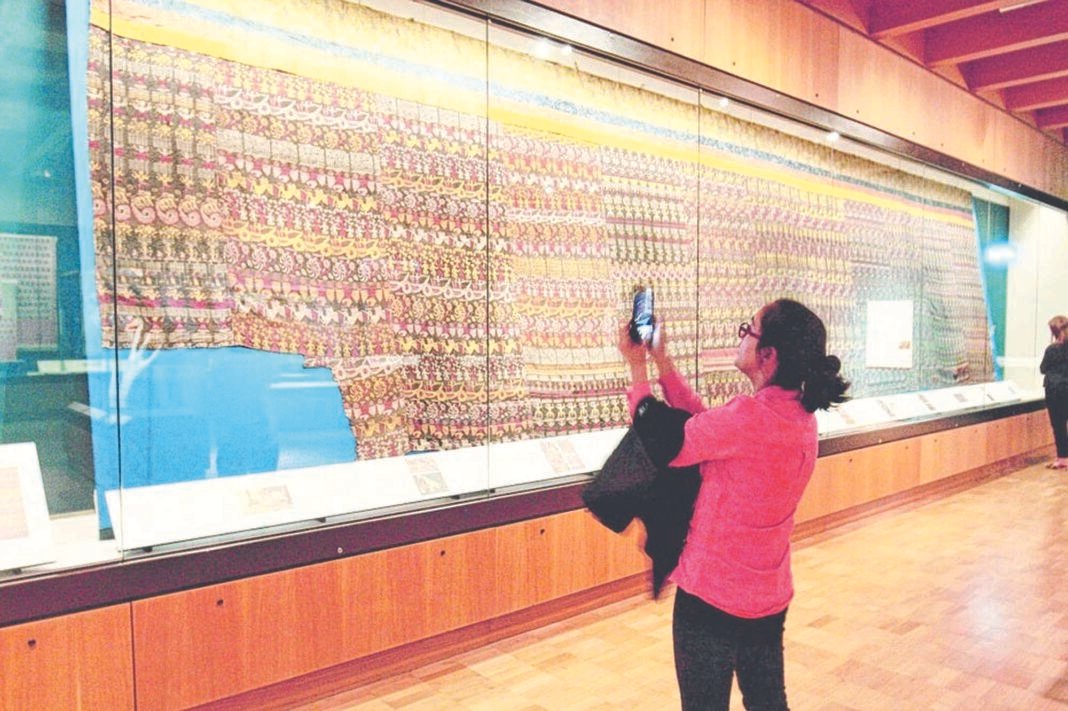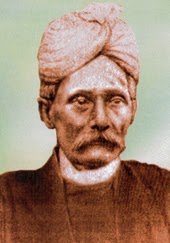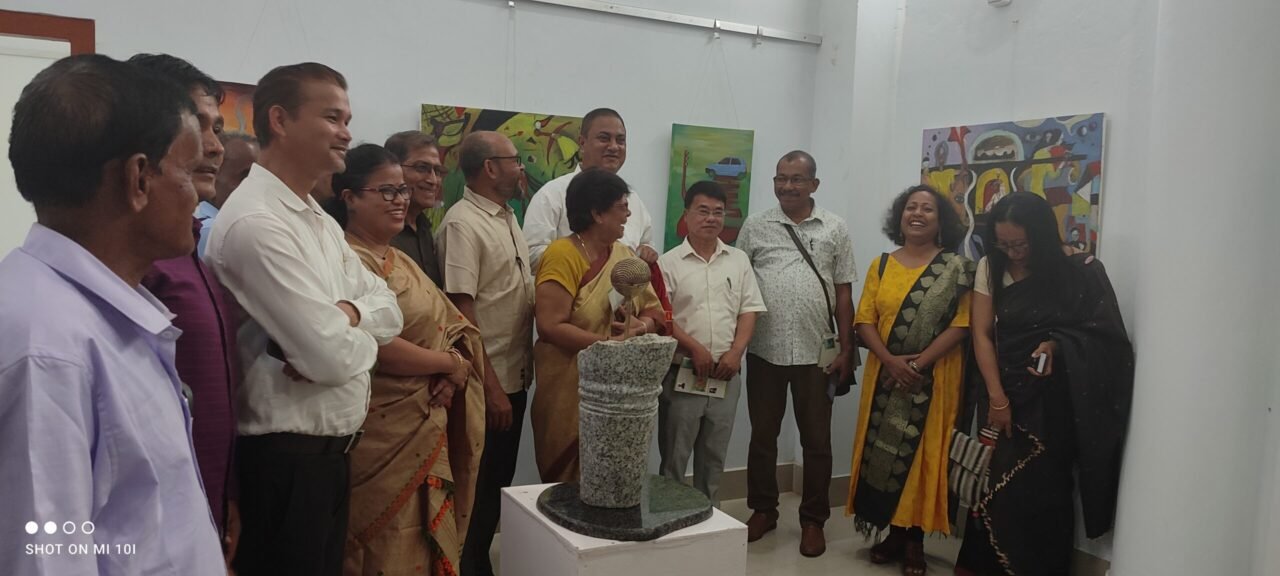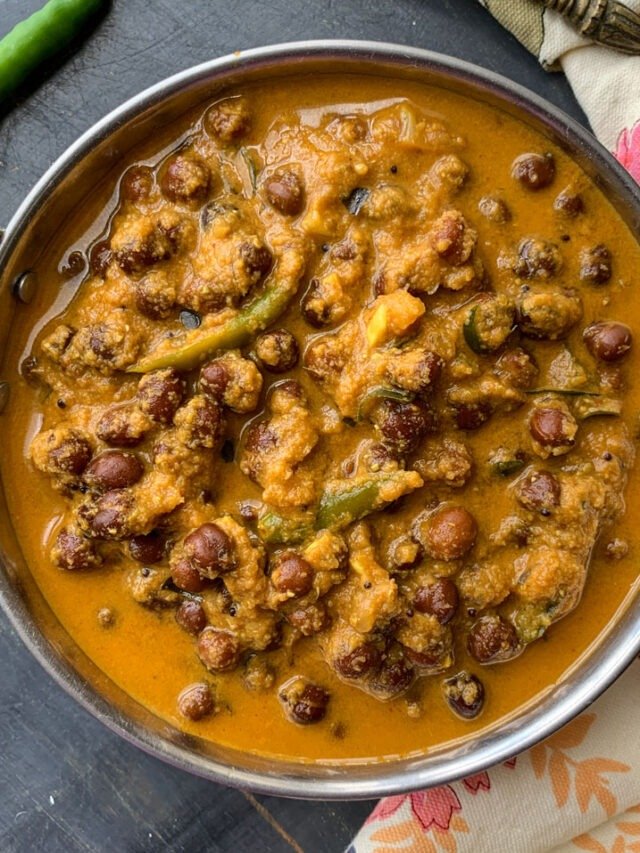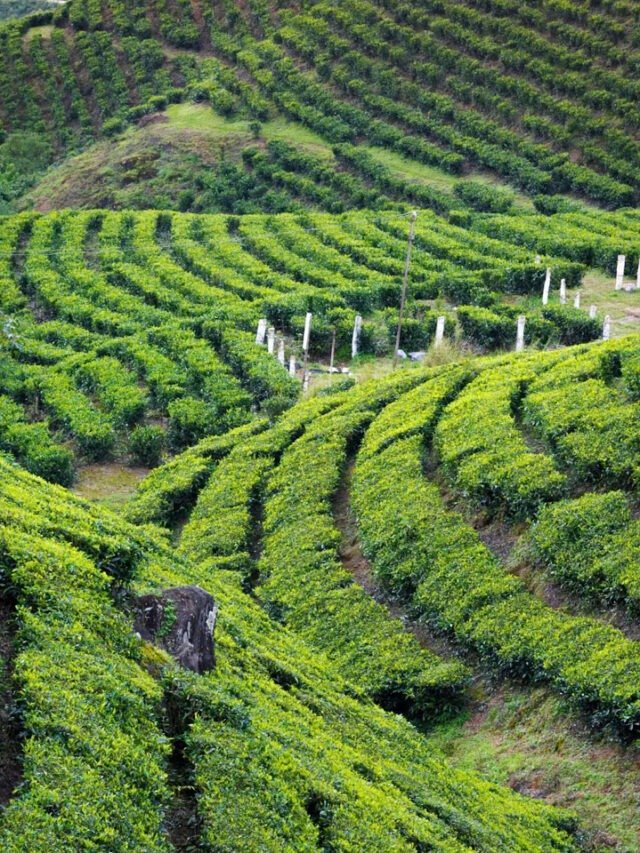GUWAHATI, Sept 1: The Vrindavani Vastra, which the British Museum has agreed to loan to Assam for display in 2027, may not be the only surviving devotional textile of its genre, but is certainly the largest existing one in the world, points out author T. Richard Blurton.
Blurton, in his book ‘Krishna in the Garden of Assam’, states that it “surely is the largest but not thought to be the oldest… with the earliest such ‘Vrindavani Vastra’ textile fragments believed to be now in the Los Angeles County Museum of Art and the Musée Guimet in Paris.”
Around 20 fragments of the ‘Vrindavani Vastra’ survive today, some sewn together like the one in the British Museum, and others preserved as single or partial lengths, the author says in the only book written on the historically significant textile tradition from Assam.
Besides the one in the British Museum, Blurton also highlights the “comparable but previously little-known textile, the ‘Chepstow Coat’ in Chepstow Museum, Wales”, which resembles a “gentleman’s dressing gown, but when the garment is opened up there is a flash of colour and lively figuration of a lining made up of a ‘Vrindavani Vastra’-type woven silk textile.”
Other than the large cloth in the British Museum, there are smaller examples that survive as the backing for ‘Thangkas’ (Tibetan Buddhist religious scrolls) and are now preserved in the British Museum, the Victoria and Albert Museum and the Newark Museum, New Jersey, Blurton claims.
The book traces the journey of the silk textile from the banks of the Brahmaputra in Assam to the monasteries of Tibet and finally to London along with the history, religion and context of the much-travelled textile.
The book points out that there is a record that Vaishnav saint Srimanta Sankaradeva had arranged for the weaving of the lengthy cloth at the request of Chilarai, the brother of Koch king Naranaryan, in the 16th century and was referred to as the ‘Vrindavani Vastra’ in the saint’s later life.
The ‘Vrindavani Vastra’ in the British Museum is made up of 12 woven strips of silk, which are stitched together to form a single cloth, 9.37 m long and 2.31 m high, the author said.
At the top of this textile are three bands of Chinese damask — yellow, orange, and blue — while above the blue one is a section of Chinese brocade depicting dragons chasing clouds, highlighted with gold thread.
Attached to these are periodic metal rings for suspension, which, along with the brocade and the damask, Blurton claims were later additions.
The individual strips are all woven with scenes from the life of Krishna, captions and blocks of text, and the ‘avataras’ (reincarnations) of Lord Vishnu.
There are captions to the various scenes and to the ‘avataras’, as well as 11 lines from the ‘Kaliyadamana’, a devotional play written by Sankaradeva.
These strips were woven in the complex technique of “lampas”, in which the loom is set up with two sets of warps and wefts, requiring two weavers to operate.
Blurton claims that the 12 strips of textile have survived to this century because, stitched together, they have had a second life beyond the one for which they were originally made in Assam.
“At some point, and in a way that is unclear, the individual pieces were transported to Tibet and entered a monastery in the small town of Gobshi, near and to the west of Gyantse’’, he said.
It was ‘The Times’ correspondent Perceval Landon, accompanying Sir Francis Younghusband on the Lhasa Expedition during 1903-04, who acquired the ‘Vrindavani Vastra’, though it is not known how it came into his possession, Blurton pointed out.
Landon handed over the ‘Vrindavani Vastra’ to the British Museum in 1904 along with a small collection of other items but the textile was the only one which was not of Tibetan manufacture, he said.
The author highlights the art, technique, and iconography of the textile and places it within its religious, cultural, and geographical contexts.
The book is replete with illustrations and photographs of the textile in the British Museum, along with those in other collections.
The British Museum has agreed to loan the ‘Vrindavani Vastra’ for display in 2027, subject to certain conditions, which include the construction of a state-of-the-art museum, meeting requisite environmental and security standards.
Blurton’s book is also expected to be republished in a new edition with updated research findings and likely to be translated into Assamese and Hindi. (PTI)


